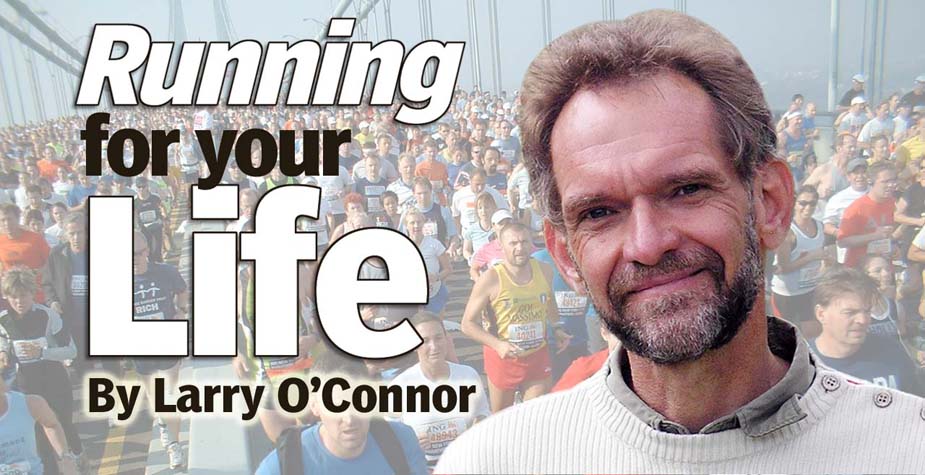A part of the world, a moment in time. Currently on display
at the Museum of Modern Art.
Could you find Sarajevo on a map?
Where is Ljubljana?
What borders Serbia to the north?
Split, Croatia? Dubrovnik?
Then there is the library in Pristina, Kosovo … and Ernst
Bloch’s definition of utopia, “a hopeful, future-oriented process in a perpetual
state of emergence.”
Back in the day (I hesitate to use my father’s phrase, “Back
in my day …” but) we’re talking the Third Way, a living socialism, however
imperfect, with bilingual signs (English being one) across the so-called Balkan
states of Yugoslavia.
In 1984, the year of the Sarajevo Olympics (I have the pin),
I was twenty-eight and impressionable, odd the Orwell string, one I’ve not
plucked until now.
Age of the concrete – shown in now vintage photos – limns the limits of theory when it comes to the manifold possibilities of
disruption through social – not capital – gain.
I look about me here, at the people attending Concrete Utopia,
and think:
The immaculate truth of an idea, so last century.
And what, do tell, feeds the dreams of today’s twenty-eight
year olds?
Next: Running for Your Life: New Yorker?
